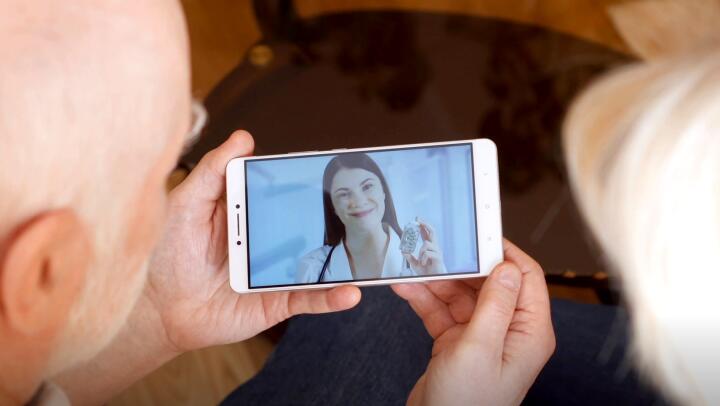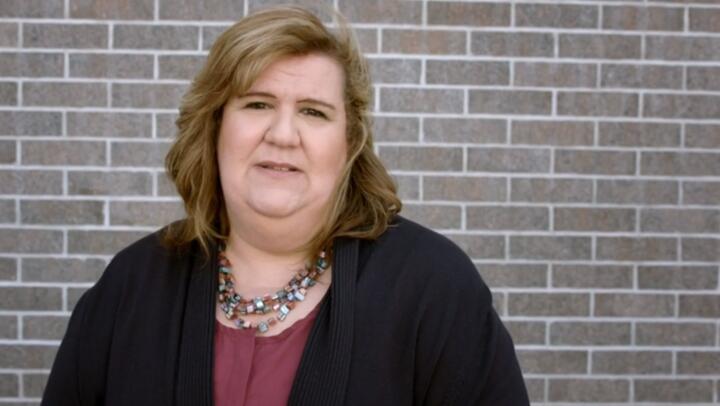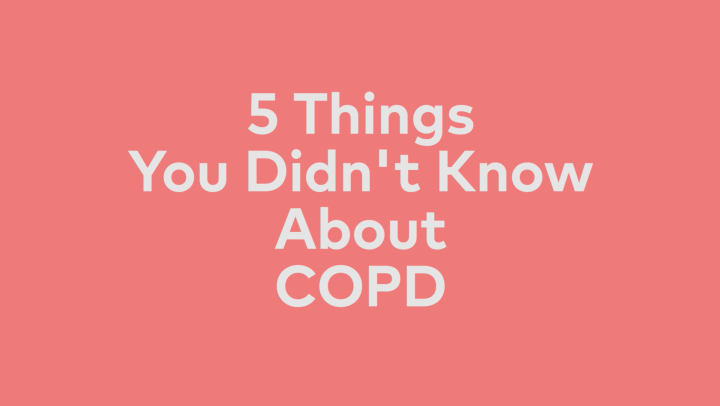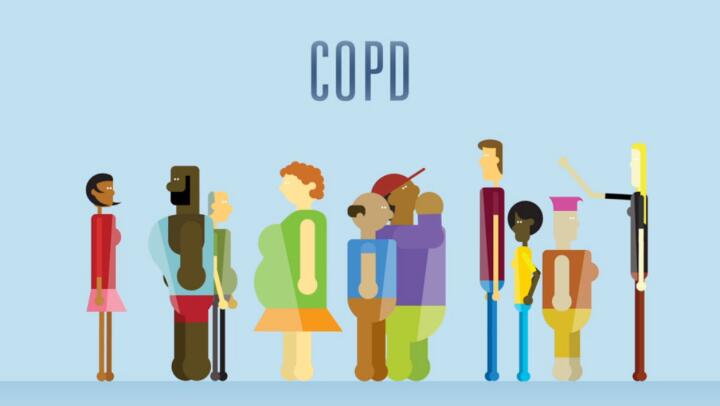
One of the hallmarks of COPD, or chronic obstructive pulmonary disease, is narrowed airways. When your airways are restricted or obstructed, your body must work harder to get the oxygen it needs. That’s why you get short of breath sometimes. When you walk upstairs, for instance, your body needs more oxygen than usual to supply your muscles. You breathe faster in an effort to meet this increased demand.
Shortness of breath can be scary and distressing. Pursed lip breathing is a simple breathing technique you can use to slow your breathing, improve airflow, and calm your anxiety.
Anyone can learn to do pursed lip breathing. Here’s the basic technique:
Relax.
Inhale slowly through your nose for two counts.
Purse your lips–as if you were going to whistle–and exhale slowly through your mouth. Your exhale should take about twice as long as your inhale. So, if you breathe in for two counts, try counting to four while you exhale.
Repeat as necessary, until you feel less short of breath.
It will probably take you a few tries to feel comfortable with pursed lip breathing. It’s a good idea to practice this technique 4 or 5 times a day, when you’re not stressed, rushed or short of breath, so you become familiar with the process. You might practice pursed lip breathing during commercial breaks while watching TV, or before or after meals.
Pursed lip breathing is a simple, convenient technique that doesn’t require any specialized equipment; you can do pursed lip breathing anywhere, under almost any conditions.
Whenever you feel short of breath, switch to pursed lip breathing. Within a few minutes, your breathing will settle down. When it does, you can transition back to your regular breathing pattern.
As you become more familiar with pursed lip breathing, you may want to switch to pursed lip breathing whenever you do an activity that commonly triggers shortness of breath. If climbing the stairs normally leaves you breathless, try breathing through pursed lips as you climb.
Pursed lip breathing improves airflow in the lungs. It helps the airways stay open a bit longer and decreases the work of breathing. Pursed lip breathing can also increase activity tolerance, making it easier for you to do the things you love to do.
Research has found that this technique decreases shortness of breath and improves physical functioning over time. Other studies have shown that pursed lip breathing can increase exercise tolerance. One study separated 32 COPD patients into two groups: One group was allowed to use pursed lip breathing while walking; the other group was not. Patients who used pursed lip breathing during exertion walked an average of 37 seconds longer than patients who could not use pursed lip breathing. The blood oxygen levels of patients who used pursed lip breathing remained higher than the oxygen levels of the other group too.
Pursed lip breathing is a simple technique you can use as needed to decrease shortness of breath and improve physical function. Talk to your doctor about any worsening symptoms and how pursed lip breathing can help you manage your COPD.
















